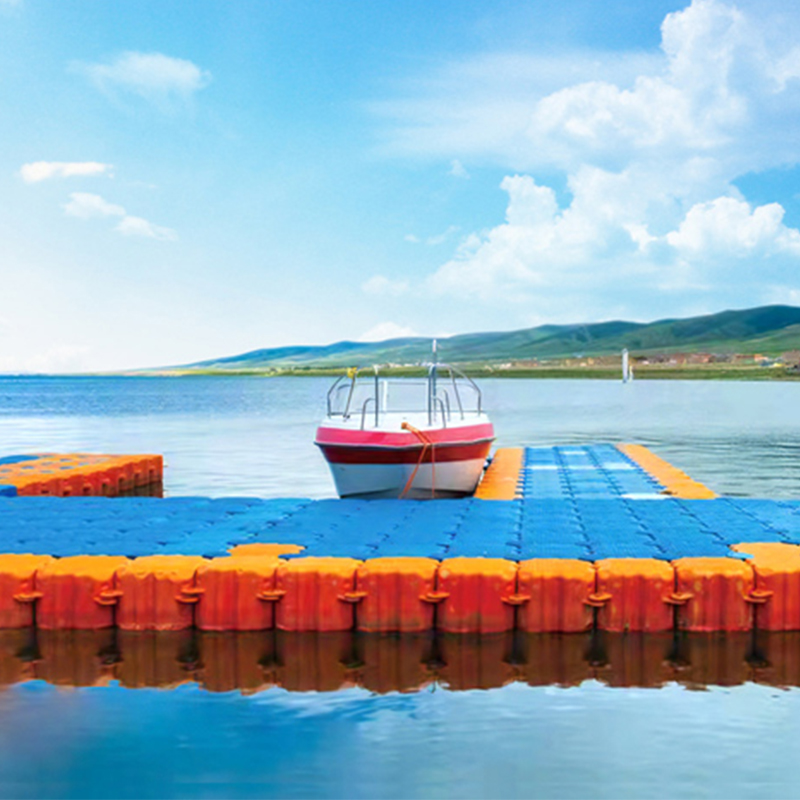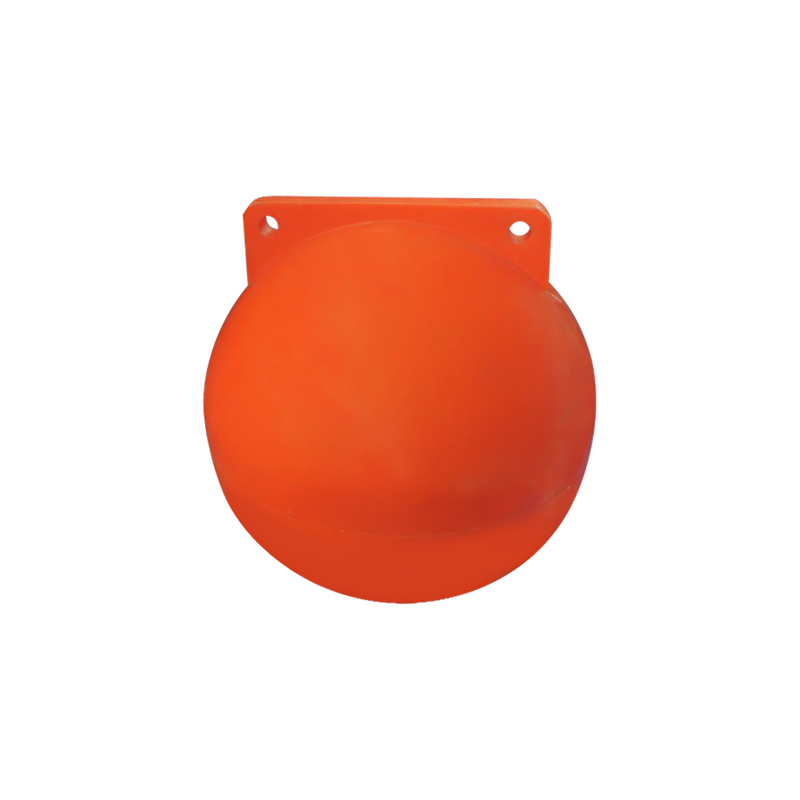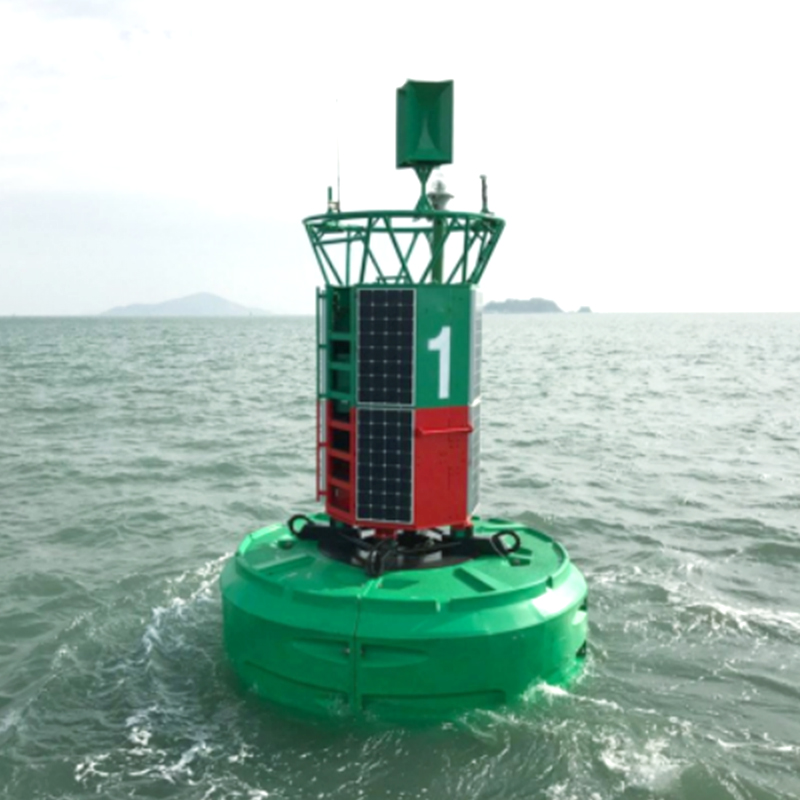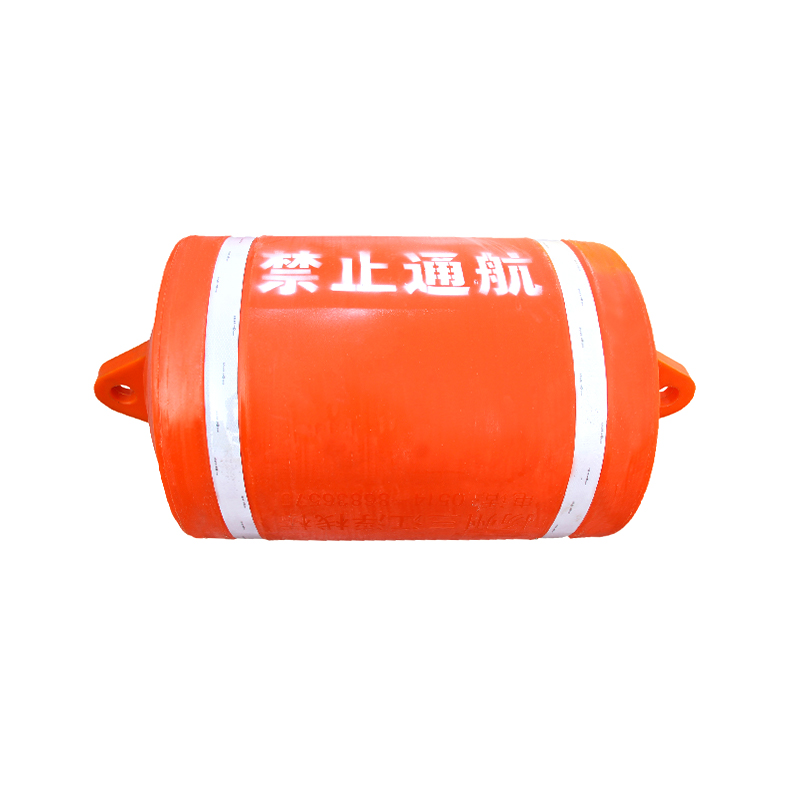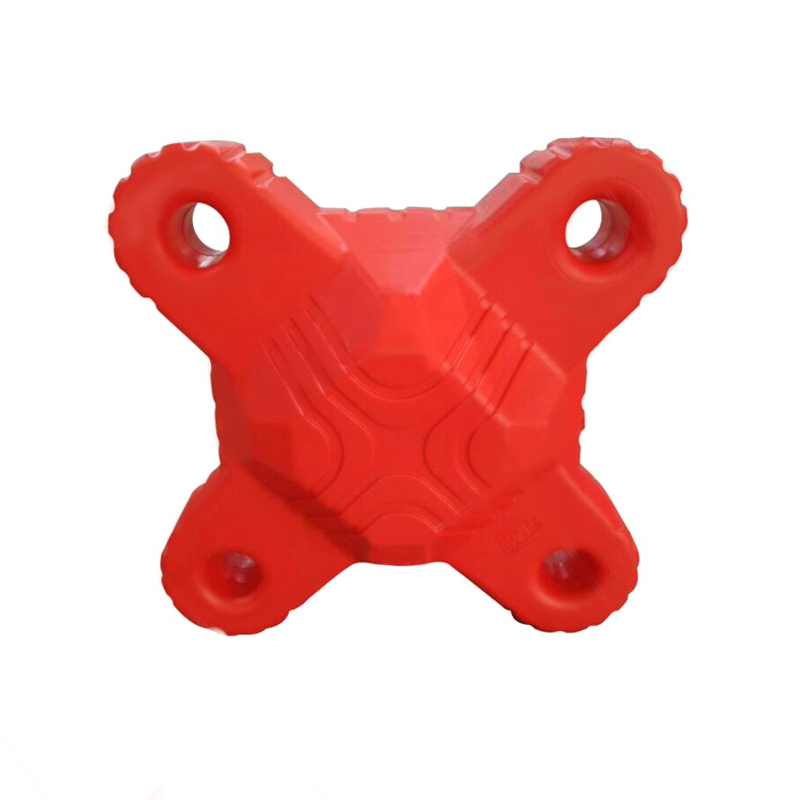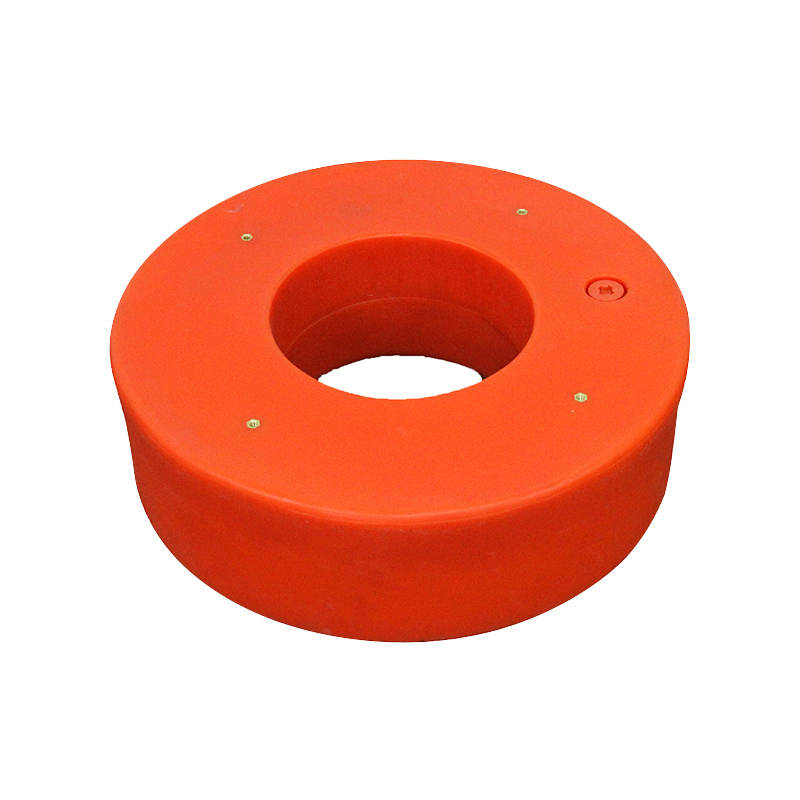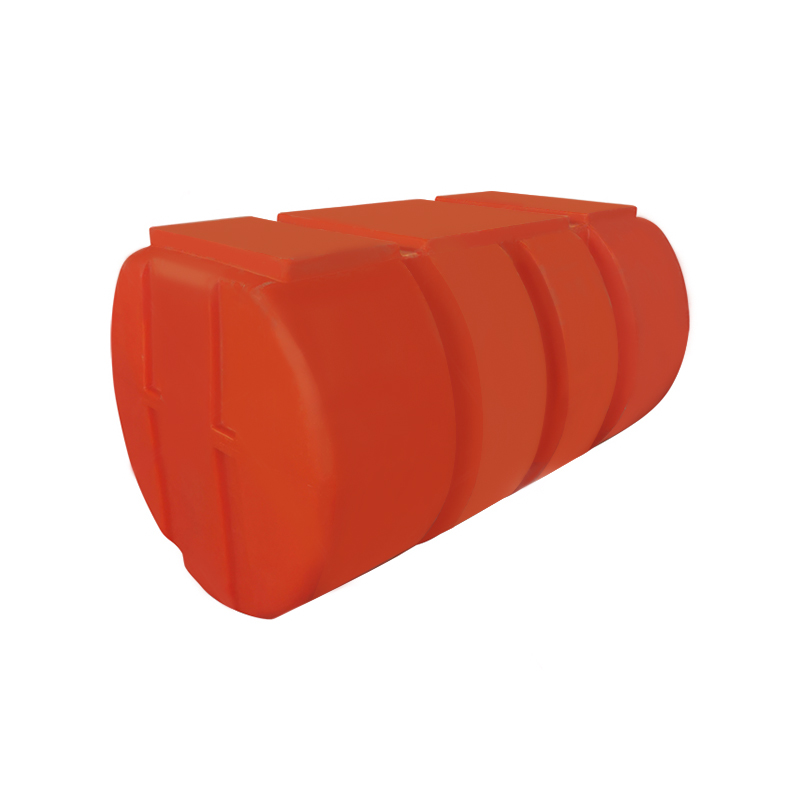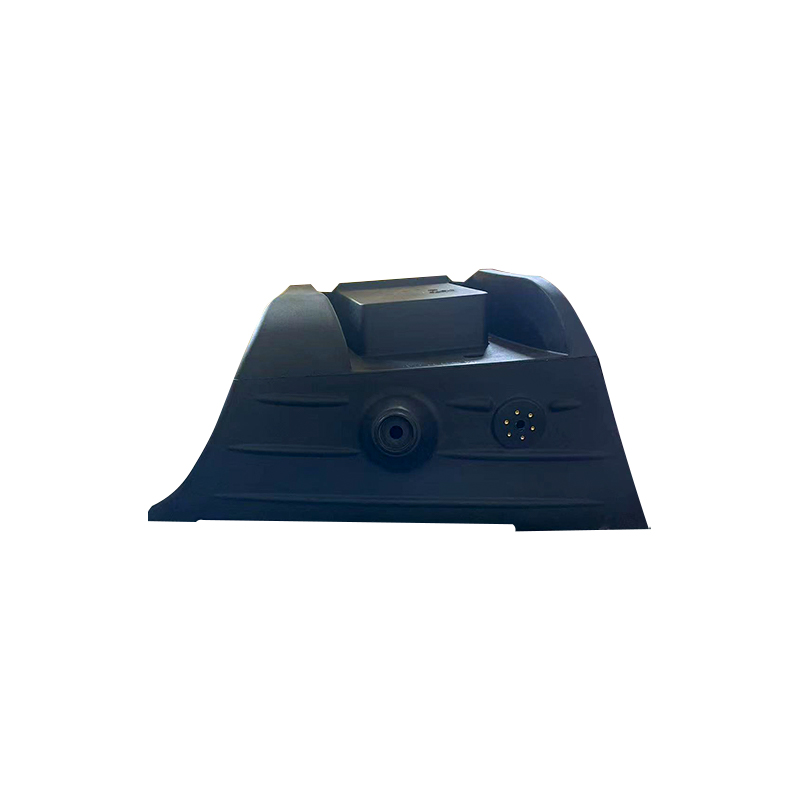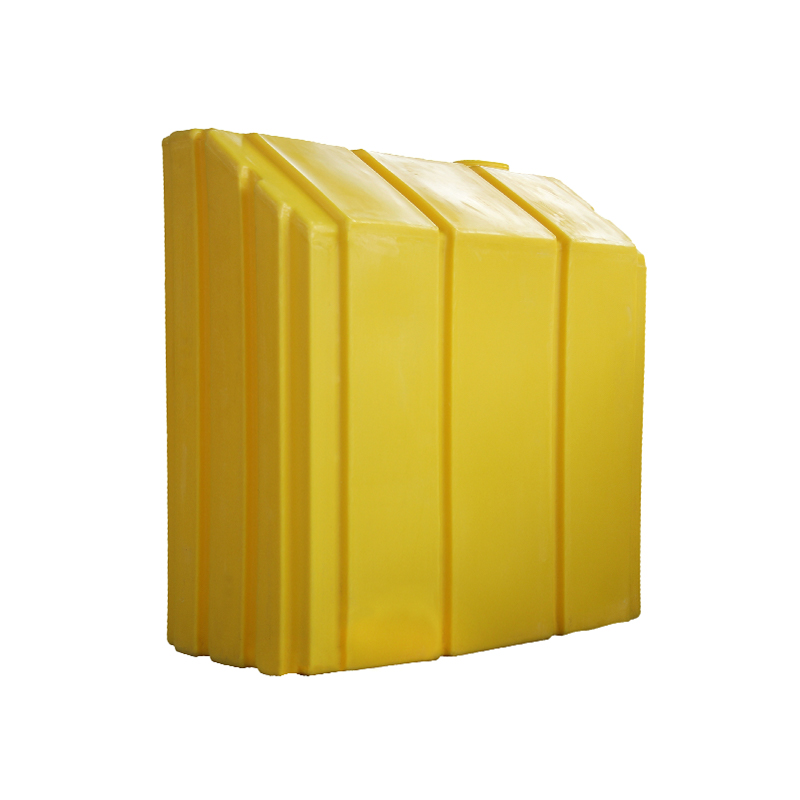A comprehensive analysis of the advantages of Rotomolding Pontoon Floats: the perfect combination of durability and high performance
1. What is Rotomolding Pontoon Floats?
Rotomolding (Rotational Molding) Process
Rotomolding, also known as rotational molding, is a process in which plastic powder is placed in a mold, heated and rotated in two directions to make the plastic evenly adhere to the inner wall of the mold, and then cooled to form. Unlike traditional injection molding or blow molding, rotational molding does not require high pressure and has no seams, and can produce large-sized, hollow, seamless, and structurally strong products.
Why use Pontoon Floats?
Floats have extremely high performance requirements and must have:
High buoyancy: hollow structure and strong load-bearing capacity.
Waterproof: seamless design ensures sealing.
Durable and corrosion-resistant: no deformation in the face of seawater, ultraviolet rays, and impact.
These characteristics are precisely the advantages of rotational molding, making it an ideal process for pontoon manufacturing.
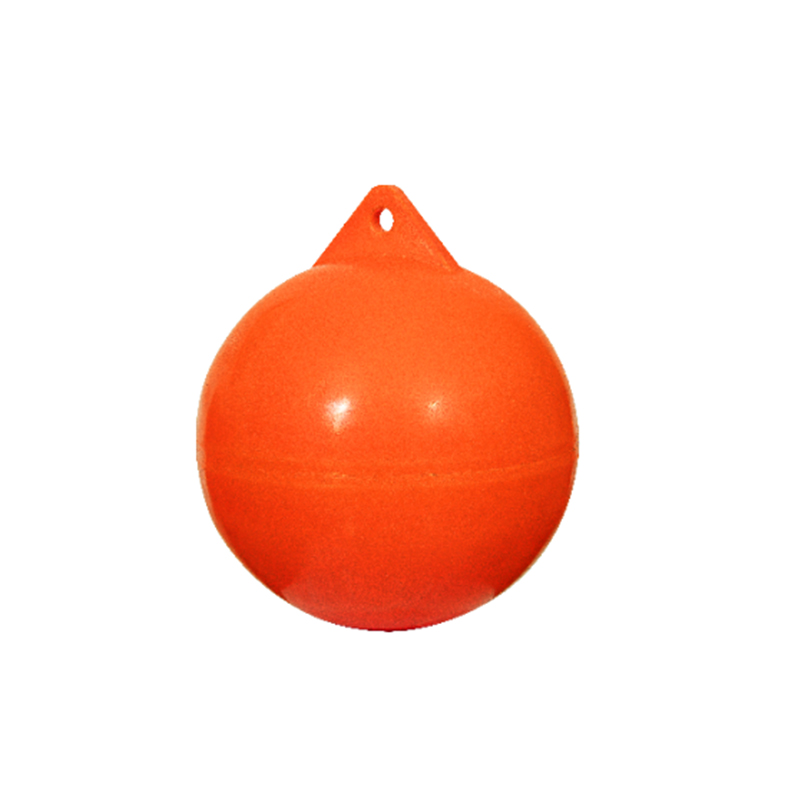
2. The core advantages of Rotomolding Pontoon Floats
Excellent durability
Strong impact resistance
Rotomolded pontoons are made of high-density polyethylene (HDPE) material, with a weld-free structure and high overall strength, and can withstand external impact without breaking. Compared with metal pontoons, weld cracks and rust are avoided.
UV and corrosion resistance
Rotomolded pontoons usually add UV stabilizers, and will not age even if exposed to sunlight for a long time. They are suitable for a variety of environments such as oceans, fresh water, and freezing.
Maintenance-free and long life
No need for regular anti-rust treatment like steel pontoons, nor is it easy to crack like ordinary plastics, and the average life span can exceed 10 years.
High performance
Strong buoyancy and stable structure
Rotomolded pontoons are hollow inside, with strong buoyancy and light weight, which can effectively disperse pressure and keep the water platform stable.
Lightweight design
Lightweight and easy to carry, simple to install, can be quickly assembled into water structures of different shapes, reducing the difficulty of construction.
Adapt to harsh environments
Whether it is high temperature and scorching sun, seawater corrosion, or sub-zero temperature, it can maintain strength and toughness.
Economic and environmental protection
High production efficiency and lower cost
Rotational molding molds have low cost, suitable for mass production, and reduce unit cost.
Environmentally friendly and recyclable materials
PE materials are used, which can be recycled and reprocessed, in line with the concept of green environmental protection.
3. Application cases and market trends
Application cases
Docks and floating platforms
Rotational molding pontoons are modules that can be freely combined and are widely used in docks, viewing platforms, and leisure facilities.
Aquaculture
Provide a stable floating foundation for fishery farming, and its corrosion resistance is very suitable for seawater environments.
Water entertainment
Water parks, floating pools, floating villas, etc. are all using rotational molding pontoons.
Market trends
Modular design: In the future, pontoons will be more standardized and easy to combine.
Intelligent pontoons: Add sensors to achieve stable monitoring of the pontoon.
Environmental protection upgrade: Use recyclable materials to reduce environmental impact.
4. How to choose high-quality Rotomolding Pontoon Floats?
Material: HDPE is preferred, and contains UV protection additives.
Structure: Seamless design, uniform thickness.
Certification and warranty: Choose brands with ISO or CE certification, with a warranty period of ≥ 5 years.
After-sales service: Whether installation guidance and maintenance plans are provided.


 English
English عربى
عربى

